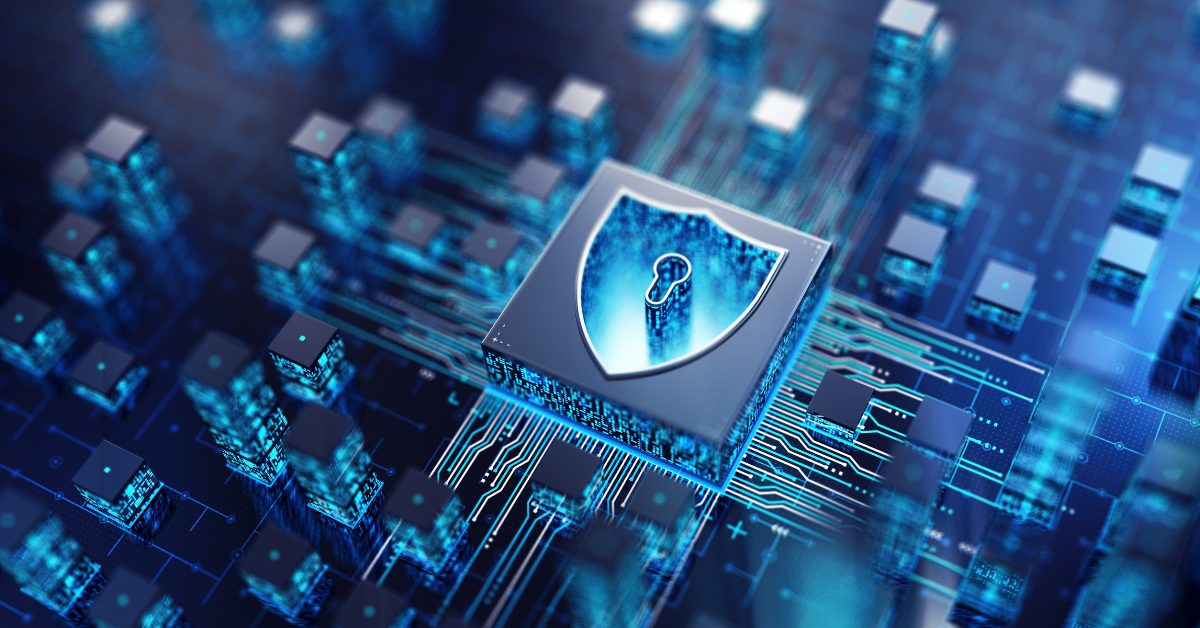Why Every Organization Needs a Resilient Cybersecurity Strategy
The year 2025 has brought a digital environment more connected, faster, and riskier than ever before. Every organization—regardless of size or industry—is dependent on technology to function, but this reliance also increases exposure to cyber threats. A strong cybersecurity strategy is no longer optional; it is the backbone of business stability, resilience, and growth.
Cybercriminals are leveraging automation, artificial intelligence, and sophisticated social engineering tactics to launch attacks that bypass outdated defenses. At the same time, regulators across the globe are introducing stricter compliance frameworks, demanding that businesses treat security as a top priority. For IT leaders, the question is not whether to prioritize cybersecurity, but how to structure a cybersecurity plan that aligns with both risk management and long-term business goals.
At Gallop Technology Group, we provide cybersecurity solutions that enable organizations to safeguard their systems and data. By focusing on resilience, compliance, and innovation, we help businesses adopt a forward-looking cyber resilience strategy that addresses current risks while preparing for future challenges.
Building a Cybersecurity Strategy That Works
A comprehensive cybersecurity strategy consists of multiple interconnected layers. It is not just a matter of purchasing the latest tools; it requires integrating people, processes, and technologies into a unified defense system. Below are the critical priorities that IT leaders must address in 2025 to ensure that their organizations remain secure and competitive.
Embrace Zero Trust Architecture
Traditional perimeter-based defenses are no longer enough. Attackers often gain entry through stolen credentials, insider threats, or compromised devices. A Zero Trust Architecture (ZTA) eliminates assumptions of trust by requiring verification for every access request—no matter where it originates.
By implementing Zero Trust:
- Unauthorized lateral movement within networks is blocked.
- Sensitive data is safeguarded through strict access controls.
- Every user, device, and application is continuously validated.
Embedding Zero Trust into the organization’s cybersecurity plan helps reduce vulnerabilities and strengthen overall resilience. It transforms defense from a reactive model to a proactive one—something every IT leader needs to prioritize.
Strengthen Identity and Access Management
Stolen or weak credentials remain one of the most common entry points for attackers. Effective Identity and Access Management (IAM) is central to modern cyber security risk management strategies. Strong IAM frameworks combine convenience with security.
Key practices include:
- Multi-factor authentication (MFA) to ensure that logins require more than a password.
- Single sign-on (SSO) to simplify employee access without weakening security.
- Continuous monitoring of login activity to detect suspicious behavior.
By integrating IAM into a broader cyber resilience strategy, organizations can drastically reduce the likelihood of unauthorized access while maintaining operational efficiency.
Enhance Threat Intelligence and Incident Response
A strong cybersecurity plan is built not only on defense but also on foresight. Threat intelligence tools provide early warning signals by analyzing global attack patterns and identifying potential risks. Combined with a well-prepared incident response framework, these capabilities allow organizations to react quickly and minimize damage.
Effective incident response includes:
- Predefined playbooks for different types of attacks.
- A trained team capable of responding under pressure.
- Regular simulations and drills to test readiness.
With proactive intelligence and a mature response process, organizations demonstrate cyber resilience—limiting downtime, containing breaches, and protecting reputation.
Prioritize Cloud Security
Cloud adoption has become nearly universal, but misconfigured environments and weak access controls leave businesses vulnerable. Cloud platforms store sensitive data, making them prime targets for attackers.
A secure cloud strategy involves:
- Comprehensive policies for data protection, compliance, and risk management.
- End-to-end encryption for both data in motion and at rest.
- Ongoing monitoring to detect misconfigurations or unusual activities.
Cloud systems must be integrated directly into the broader cybersecurity strategy, ensuring that agility does not come at the expense of security. For IT leaders, this alignment is one of the most pressing challenges in 2025.
Foster a Culture of Cybersecurity Awareness
Technology alone cannot protect an organization—employees must also be active participants in defense. Human error, such as clicking on phishing links or mishandling sensitive information, remains one of the largest cybersecurity risks.
A strong cyber resilience strategy requires:
- Ongoing awareness campaigns and mandatory training.
- Clear and simple reporting channels for suspicious activity.
- Simulated phishing tests to measure employee readiness.
By embedding awareness into the organizational culture, IT leaders strengthen the weakest link in cybersecurity: the human element. This is not just a best practice but one of the most effective cyber security risk management strategies available.
Invest in Advanced Technologies
The technology landscape itself offers new opportunities to strengthen defenses. Artificial Intelligence (AI), Machine Learning (ML), and blockchain are no longer emerging—they are here and reshaping security operations.
- AI and ML analyze vast amounts of data to identify threats faster than humans ever could.
- Blockchain enhances transparency and reduces tampering risks in sensitive transactions.
- Automation tools reduce response times and minimize human error during incidents.
Incorporating these technologies into a cybersecurity plan positions organizations ahead of evolving cybercriminal tactics and provides a scalable foundation for the future.
Manage Vendor and Third-Party Risks
Organizations are increasingly dependent on vendors, contractors, and cloud-based services. Unfortunately, attackers often target these third parties as a backdoor into larger networks.
A robust cybersecurity strategy requires strict vendor management practices, including:
- Comprehensive vetting before contracts are signed.
- Continuous monitoring of vendor access and compliance.
- Clear contractual requirements for security and reporting.
Neglecting third-party risk can undermine even the strongest internal defenses, making this a vital component of cyber security risk management strategies.
Stay Ahead on Regulatory Compliance
Industry regulations are evolving rapidly, and compliance failures can be costly. Beyond fines and penalties, failing to meet standards damages customer trust and exposes organizations to unnecessary risks.
A compliance-focused cyber resilience strategy involves:
- Staying updated on changing laws and industry mandates.
- Leveraging tools for automated reporting and compliance tracking.
- Conducting regular internal audits to identify gaps.
By integrating compliance into the broader cybersecurity plan, IT leaders ensure that security efforts are both legally sound and aligned with industry best practices.
Develop a Resilient IT Infrastructure
Resilience is the ability not only to prevent attacks but also to recover quickly when disruptions occur. In 2025, this quality defines successful organizations.
Elements of resilient infrastructure include:
- Disaster recovery and business continuity planning.
- Redundant systems that provide failover when disruptions occur.
- Frequent testing of recovery plans to guarantee effectiveness.
This approach ensures that downtime is minimized, operations continue, and sensitive data remains protected—even during crises. A resilient infrastructure is the ultimate goal of a future-ready cybersecurity strategy.

Secure the Future with a Strong Cybersecurity Plan
Cybersecurity in 2025 demands leadership, foresight, and an integrated approach. From Zero Trust to IAM, from cloud protection to vendor oversight, the elements of a strong cybersecurity strategy work together to form a comprehensive shield against evolving threats.
At Gallop Technology Group, we specialize in building and maintaining resilient defenses. Whether you need a full cybersecurity plan, advanced cyber security risk management strategies, or a tailored cyber resilience strategy, our cybersecurity solutions empower your organization to thrive securely. Contact us at 480-614-4227 and get your free assessment today to strengthen your defenses and secure your future.
Sources:







